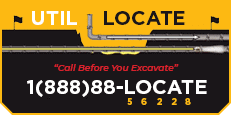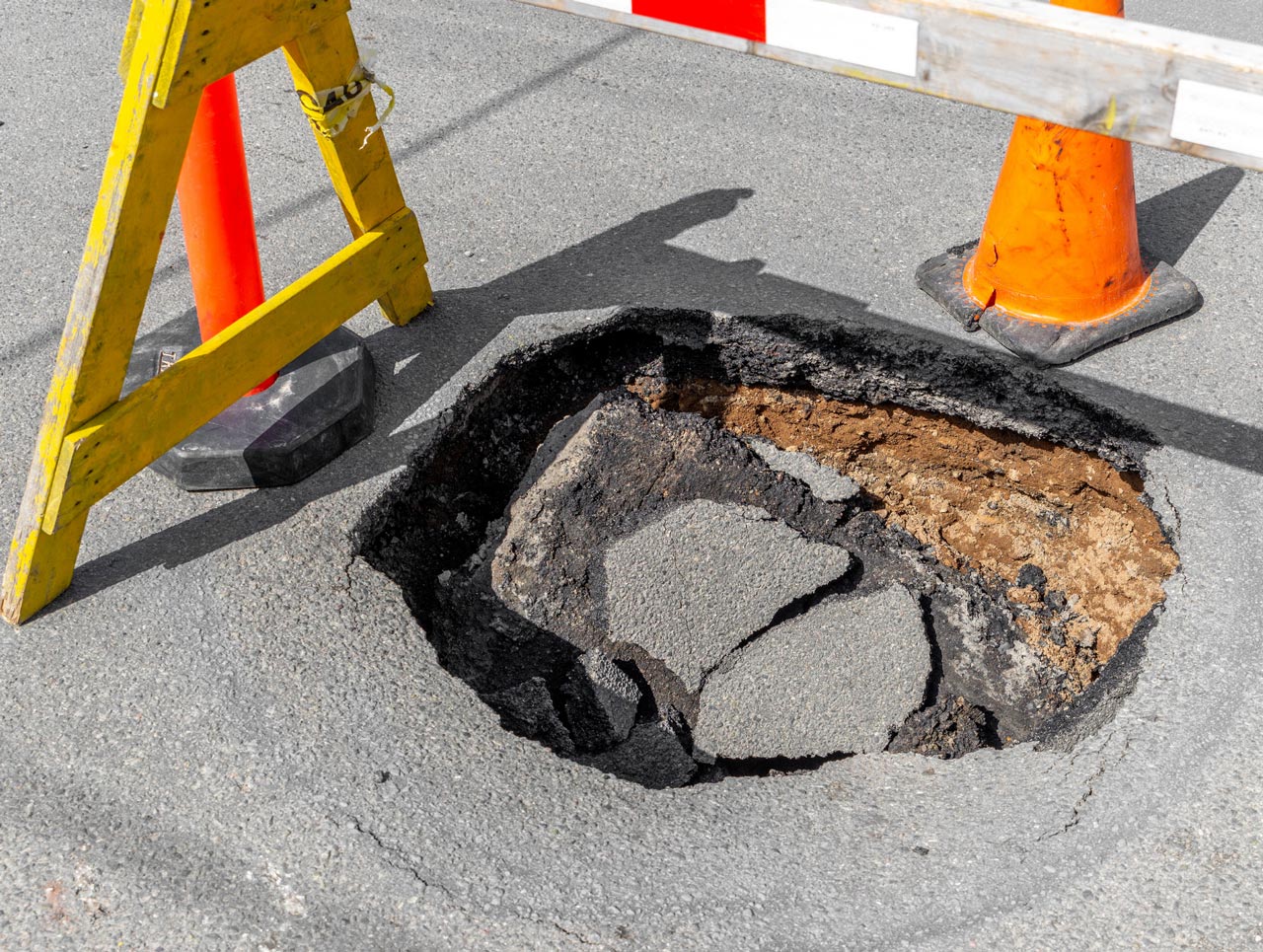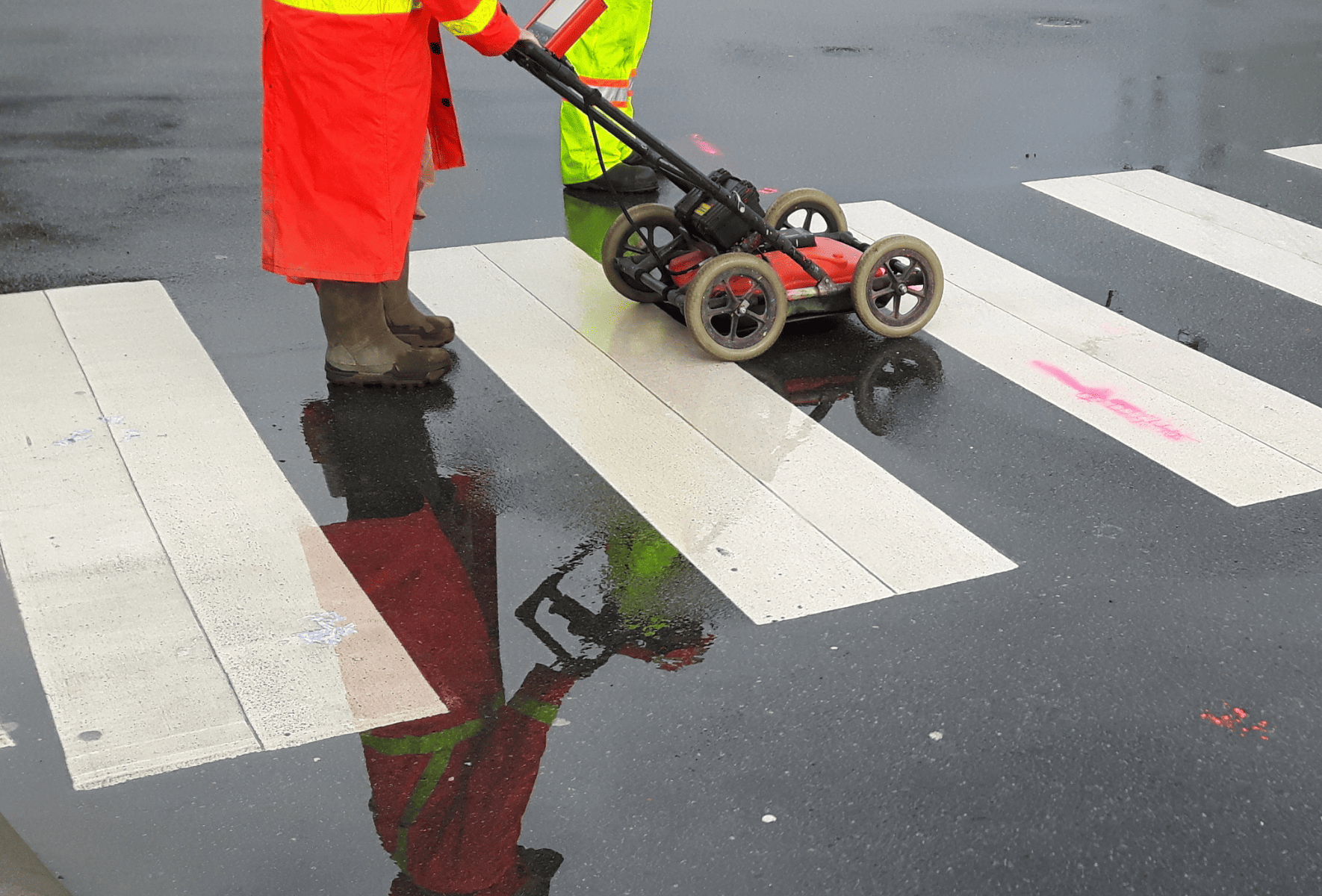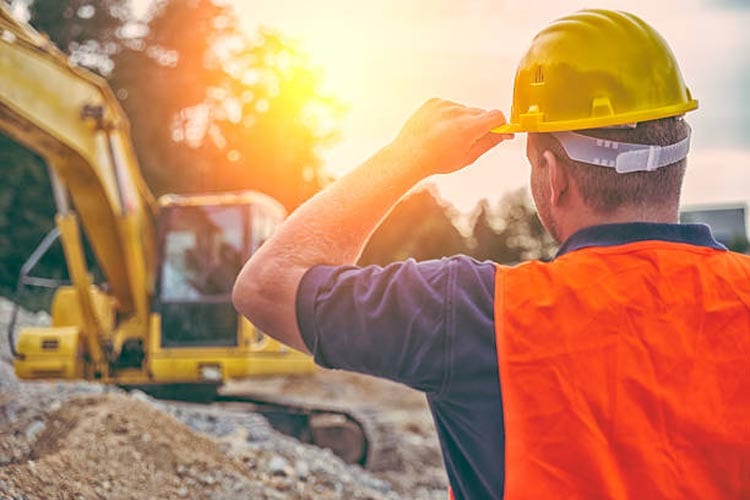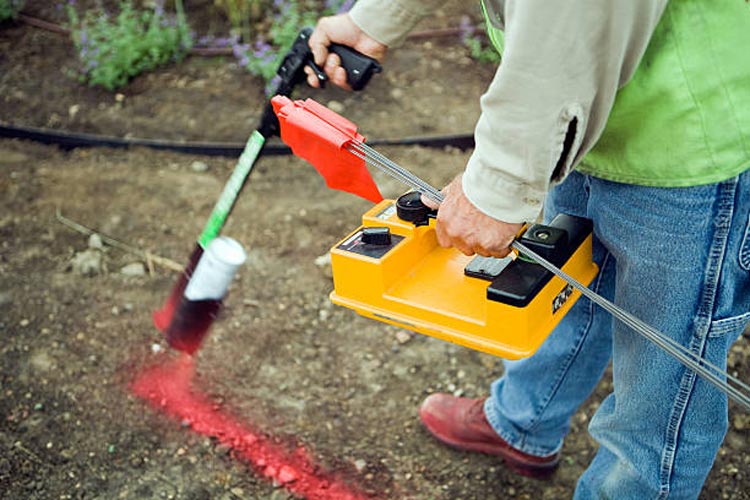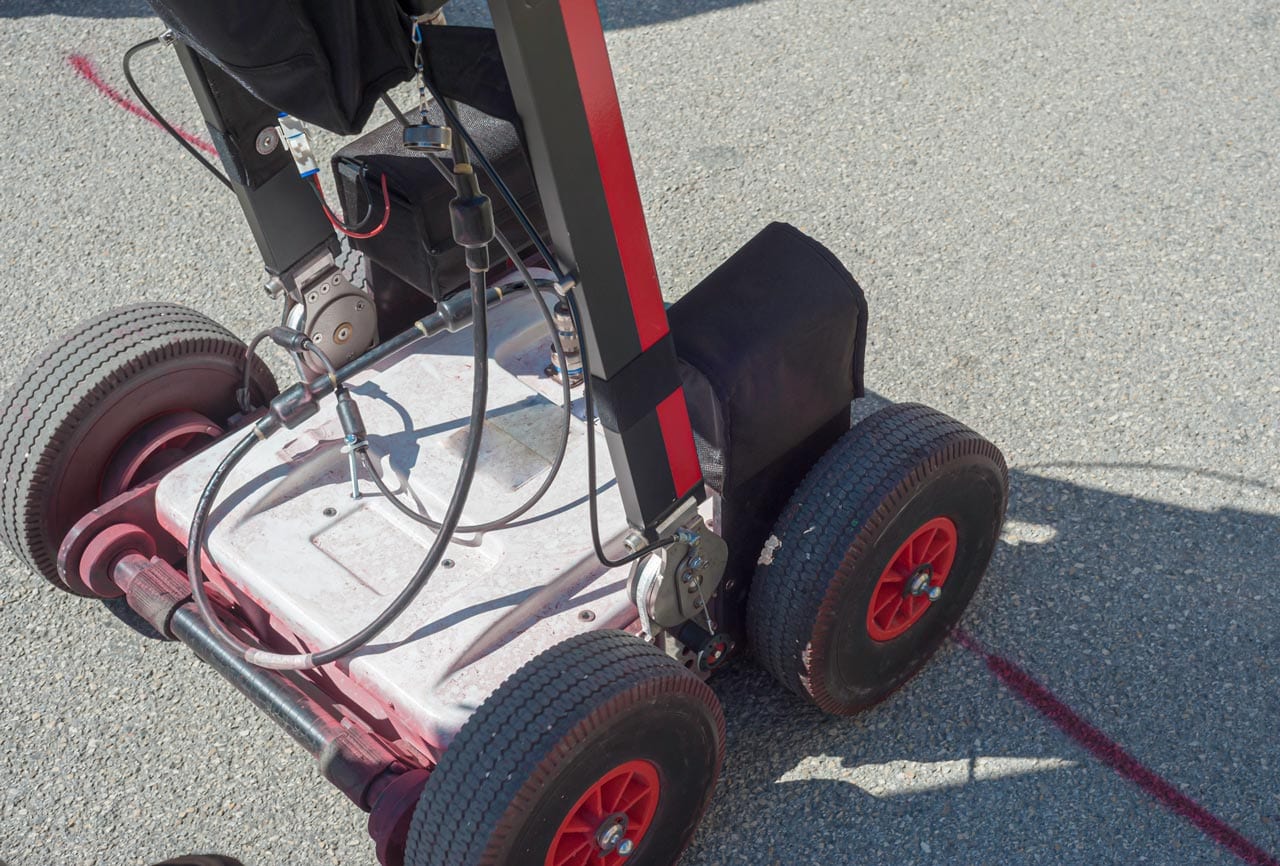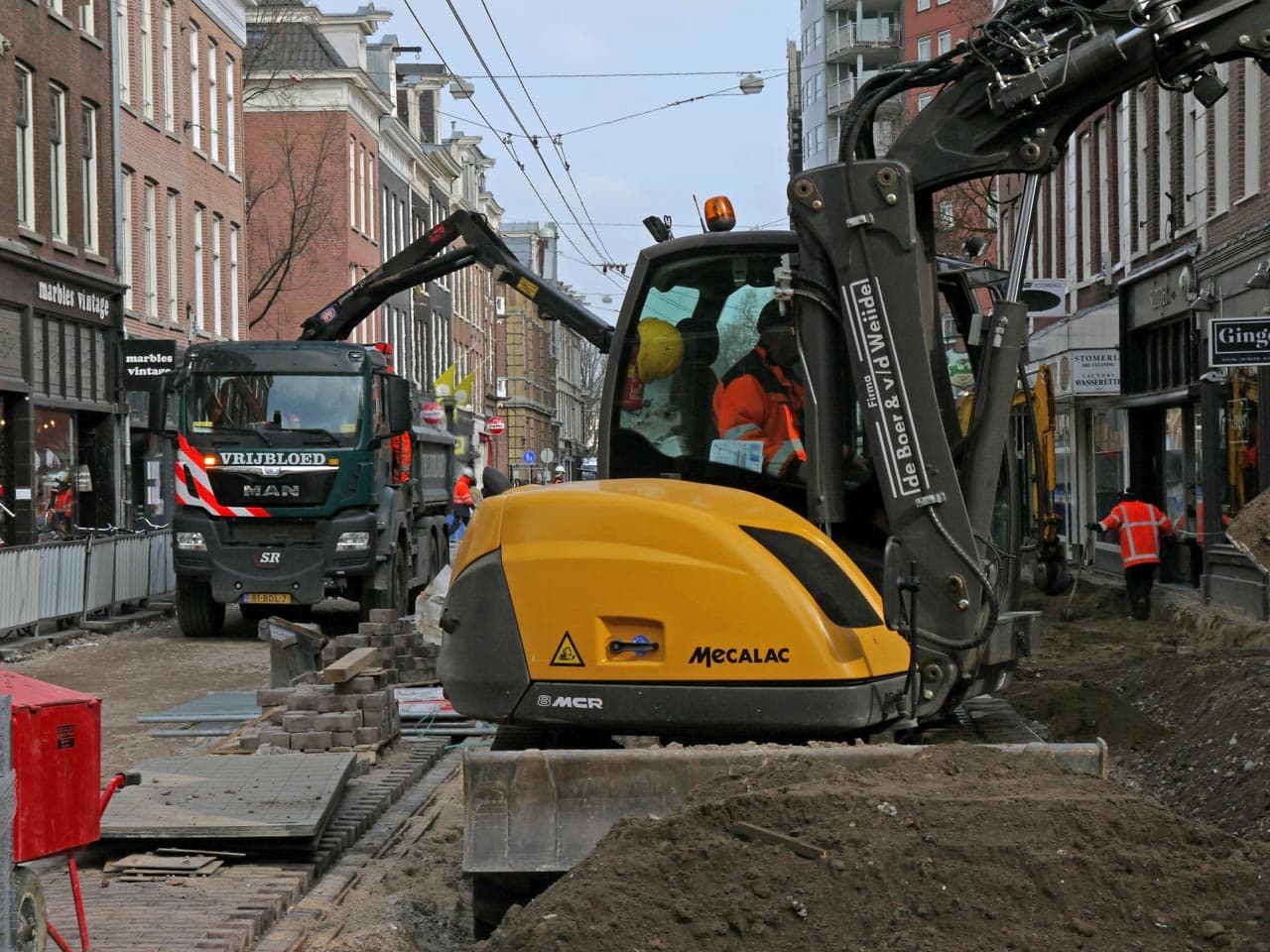A huge portion of underground utility damages in the US are caused by failure to create potholes. It’s difficult to begin an excavation project without knowing where utility lines are. Potholing is a type of underground utility location that involves digging a small area or soft excavation to check where utilities are located.
Potholing relies on a vacuum excavator, which uses high-pressure air or water to break down soil, then vacuum the soil into a tank. To conduct thorough utility locating, a technician creates several test holes via potholing. As a result, you can determine:
- Where utilities are located
- How long the utility lines are
- How deeply they are buried
This information is invaluable in any excavation procedure to prevent a slew of problems ranging from property damage and injury to financial and legal headaches.
Accidental Damage To Utilities
In most cases, excavating without creating potholes can lead to disasters. One of the biggest problems of excavation projects is accidental damage to utilities because builders can’t identify their location and depth.
With so many utility companies around, utility lines can overlap and run through any area underground. Not to mention, underground utilities change position over time due to changes in temperature and soil density.
Failure to conduct potholing before an excavation is similar to going into a battle blind. You can hit a utility line at any moment. Depending on the type of utility you destroy and the severity of the damage, you are not only causing damage to public property, but you may also cause power outages, floods, water interruption, and fires.
With potholing, you can identify the actual location of underground utilities. Knowing their location and depth tells you what area is safe to excavate, preventing any accidents during your project.
Working Hazard For Excavators
Another problem that comes with excavation projects is the risk of injury. Excavations are prone to accidents since they expose excavators and other workers to hazardous conditions, which may lead to injuries.
After accidentally hitting a pipe or an electric line, an excavator may get injured from the burst pipe and get electrocuted or burned from a damaged electric line. Potholing helps solve this problem as it tells you which areas to avoid in order to keep everyone safe for the duration of the project.
Additional Costs
Getting injured while accidentally damaging utility lines will result in piling medical bills and expensive repairs, which incur additional costs. Though potholing prior to an excavation project may seem like an additional step, think of potholing as a cost-efficient approach that helps prevent accidental damage and minimize work hazards. Therefore, potholing will prevent unnecessary repair and hospital bills in the future.
Legal Trouble
Not only will you incur additional costs when you damage utility lines and injure people, but you’re also bound to get in trouble with the law.
According to state laws, everyone is prohibited from using mechanized equipment within 18 to 30 inches of marked utilities. Without potholing, you’ll be excavating blindly and run the risk of breaching the allotted tolerance zone. On the other hand, potholing using vacuum excavation helps you comply with this law.
Potholing Services
Before starting any excavation project, it’s recommended to mark all utilities in the area to avoid the problems mentioned above. Consult skilled professionals from Util-Locate, a South California-based digging company that offers utility locating services. Reach out to Util-Locate today for potholing services!
